
When Prada presented some of its signature flip-flops and intricate stitching on the menswear runway in Milan last month, observers were quick to note the similarities between the pieces and Indian fashion heritage from a century ago.
The famous Italian fashion house introduced these sandals as a luxury creation, but many Indians simply consider them a pair of Kolhapuri sandals - traditional handmade sandals that originated in the 12th or 13th century.
Prada initially denied that the collection of sandals was inspired by Indian handicrafts. However, a week later, the Italian fashion house admitted that the sandals in its men's Spring-Summer 2026 collection were indeed "inspired by traditional Indian footwear."
In a statement to CNN, the iconic European fashion brand said it "has always been about celebrating craftsmanship, heritage and design," and said it had met with artisan footwear makers in India "to discuss potential future collaboration opportunities."
This story partly reflects the tendency for Western brands to struggle to connect the meaning of their products to Indian craftsmanship and culture.
Luxury market is booming
India's luxury goods market is on a strong growth trajectory, estimated to grow from $7.73 billion in 2023 to $11.3 billion in 2028 — a pace that will likely outpace most other major luxury markets in the world , according to global consultancy Kearney.
This growth is partly driven by the rise of the middle class, rapid urbanization and a new generation of young, brand-savvy and internationally minded consumers.
However, according to renowned Indian fashion designer Gaurav Gupta, today's Indian luxury consumer "no longer maintains a monolithic stereotype".
“We are seeing a very diverse range of clients, from second-generation industrial families to first-generation digital entrepreneurs, artists and global citizens. All are looking for something deeper than just a logo,” Gupta stressed.
Big fashion brands have been investing heavily in India. Over the past three years, Louis Vuitton, Balenciaga and Valentino are among the fashion houses that have opened flagship stores in Mumbai or Delhi .
Several other fashion houses are also collaborating with Indian brands or creators to create designs that convey a more authentic message to local audiences.
Some of these brands are trying to “adapt wonderfully”. But somewhere along the line, some fashion houses are said to be “disconnected”, often looking for commercial opportunities rather than cultural dialogue,” Mr Gupta added.
The Connection Between Indian Culture and Western Fashion
Indian culture also greatly inspired Western fashion, especially Madras pyjamas and plaids.
Toolika Gupta, director of the Indian Institute of Crafts and Design (IICD) in Jaipur, said many Indians, including designers and artisans, want their heritage to be recognised.
In 2019, fashion brand Gucci stirred controversy with its "Indy Full Turban," which sold for $790 on Nordstrom's website.
The design of the blue headscarf, which closely resembles the traditional Sikh turban, sparked backlash from the Sikh community in India and elsewhere. The product was eventually removed from the website, and Nordstrom quickly apologized after the outcry.
Just this year, fashion company Reformation was criticized for selling a blouse, skirt and scarf.
The fashion style reminds many people of this South Asian country of the lehenga - an Indian costume consisting of a long skirt, blouse and shawl (dupatta), a mainstay of Indian fashion for centuries and often wrapped around a woman's chest.
More than a manufacturing center
The relationship between high fashion and Indian artisans began in the 17th century, when European royal tailors sought fabrics such as cotton and silk from the subcontinent.
Over the centuries, cross-continental exchanges transformed Indian motifs from precious objects into popular designs of Western style.
Fabrics like chintz and paisley have deep roots in India's rich artistic traditions and have long inspired global fashion, although their origins are often overlooked today, according to IICD's Gupta.
However, India is not only a source of inspiration for luxury fashion, but also an integral part of the global fashion supply chain. Today, a significant portion of the garment industry’s production is outsourced to Indian tailors, embroiderers and textile manufacturers.
Indian fashion is making a strong impact on the global red carpet. Western celebrities are also increasingly favouring Indian designers.
“It’s a dramatic shift, almost like we’re finding our own story. Indian designers now have an opportunity to present themselves on the global stage as innovators with their own language, shape and ideology. We’re no longer adapting to fit in, but rather making a statement globally ,” Gaurav Gupta told CNN.
Source: https://baovanhoa.vn/giai-tri/thoi-trang-an-do-la-nguon-cam-hung-vo-tan-cho-cac-nha-mot-phuong-tay-155661.html


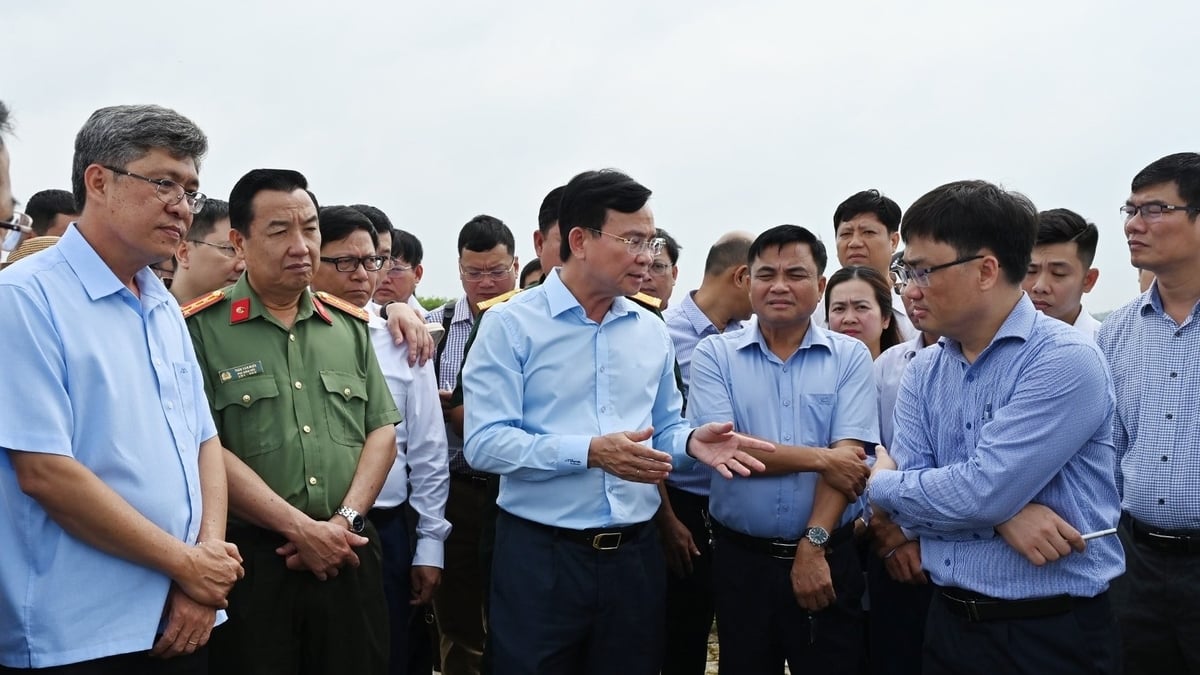

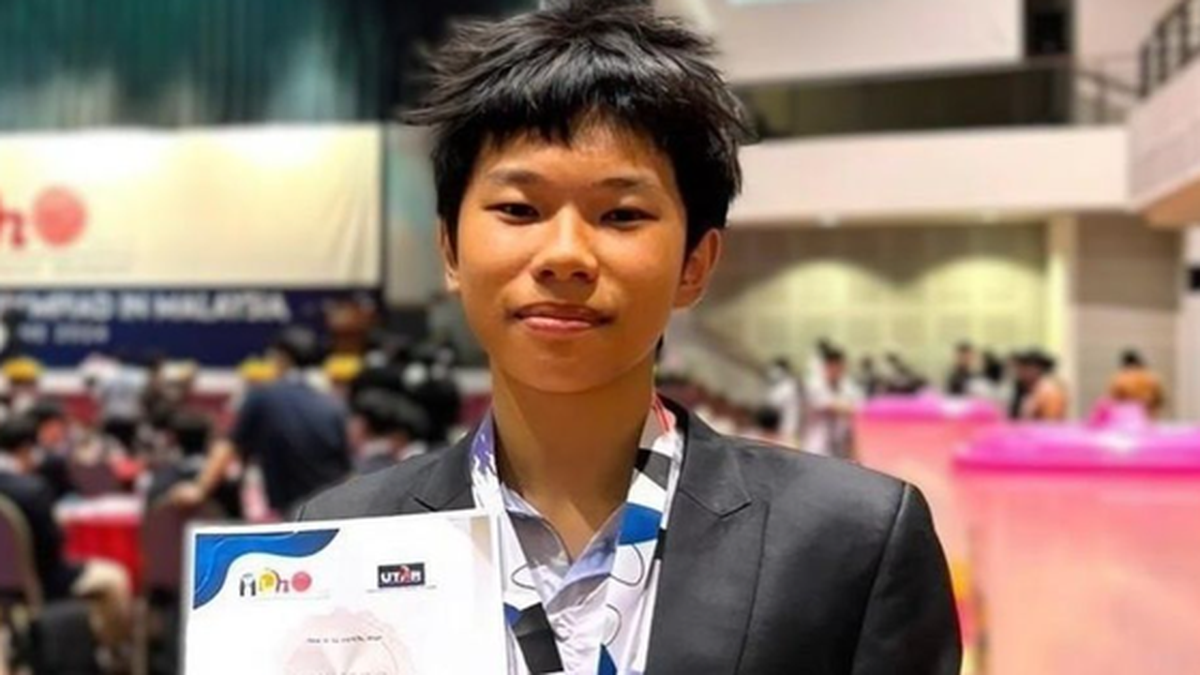




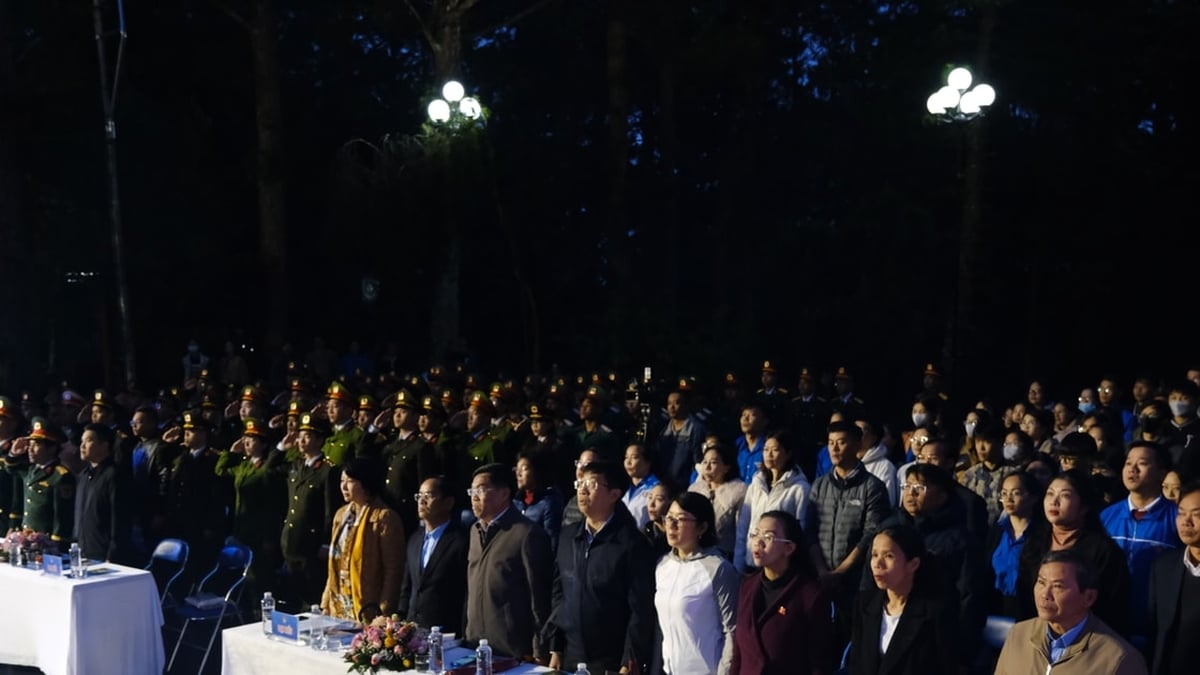
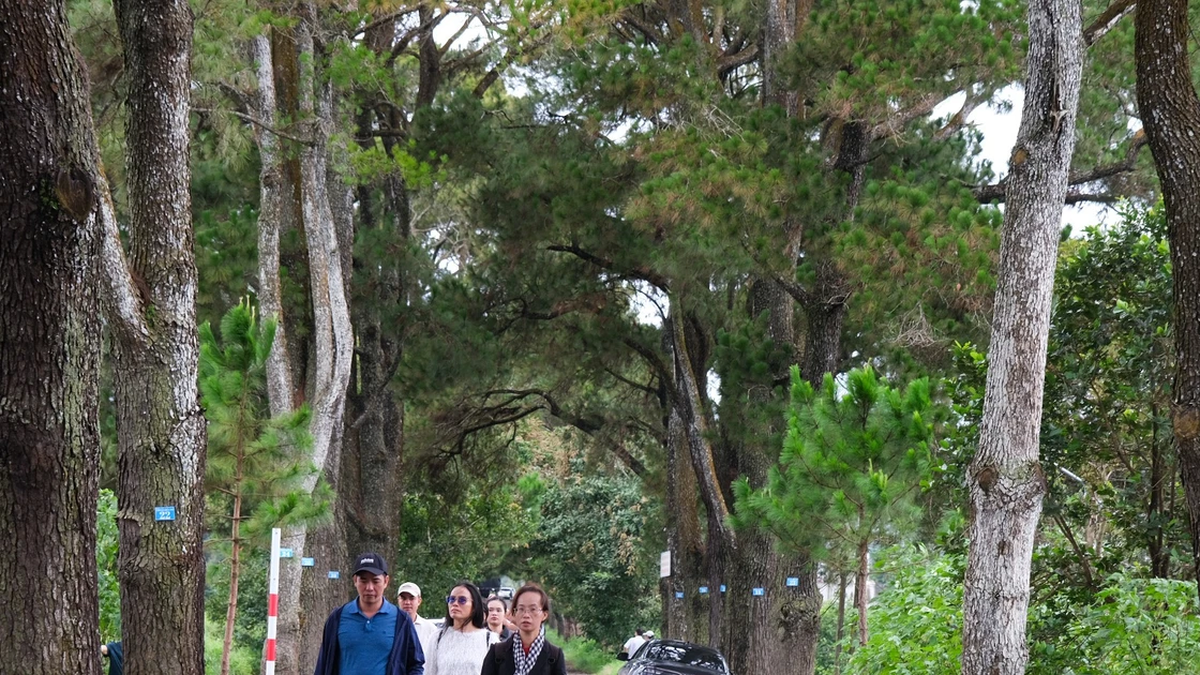
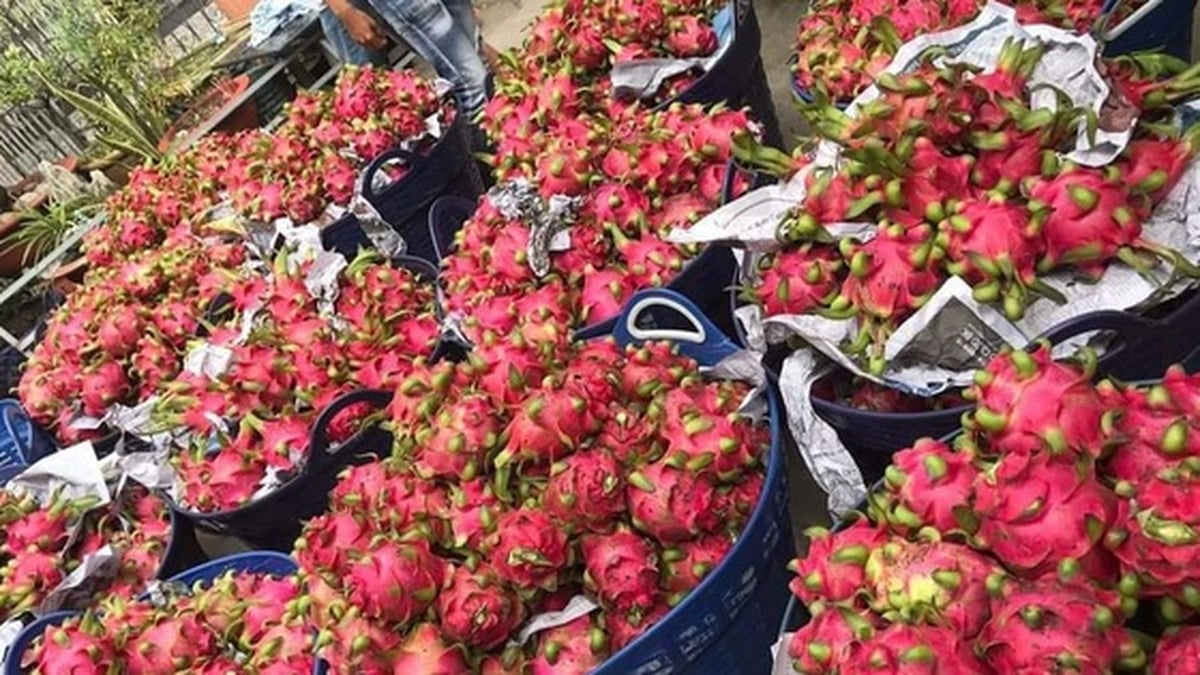




























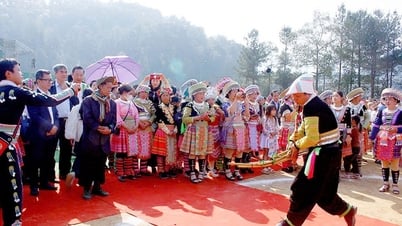



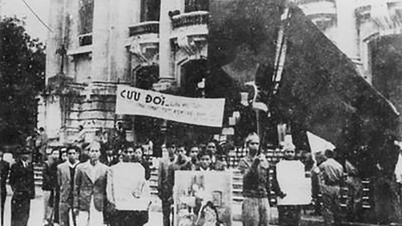

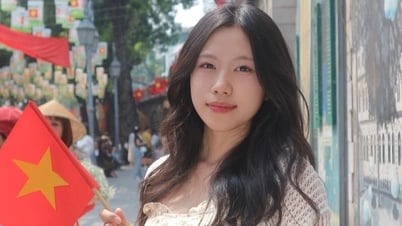

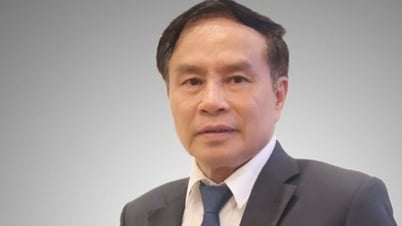



















![[Photo] National Assembly Chairman Tran Thanh Man receives Chairman of Morocco-Vietnam Friendship Association](https://vphoto.vietnam.vn/thumb/402x226/vietnam/resource/IMAGE/2025/7/26/b5fb486562044db9a5e95efb6dc6a263)

































Comment (0)